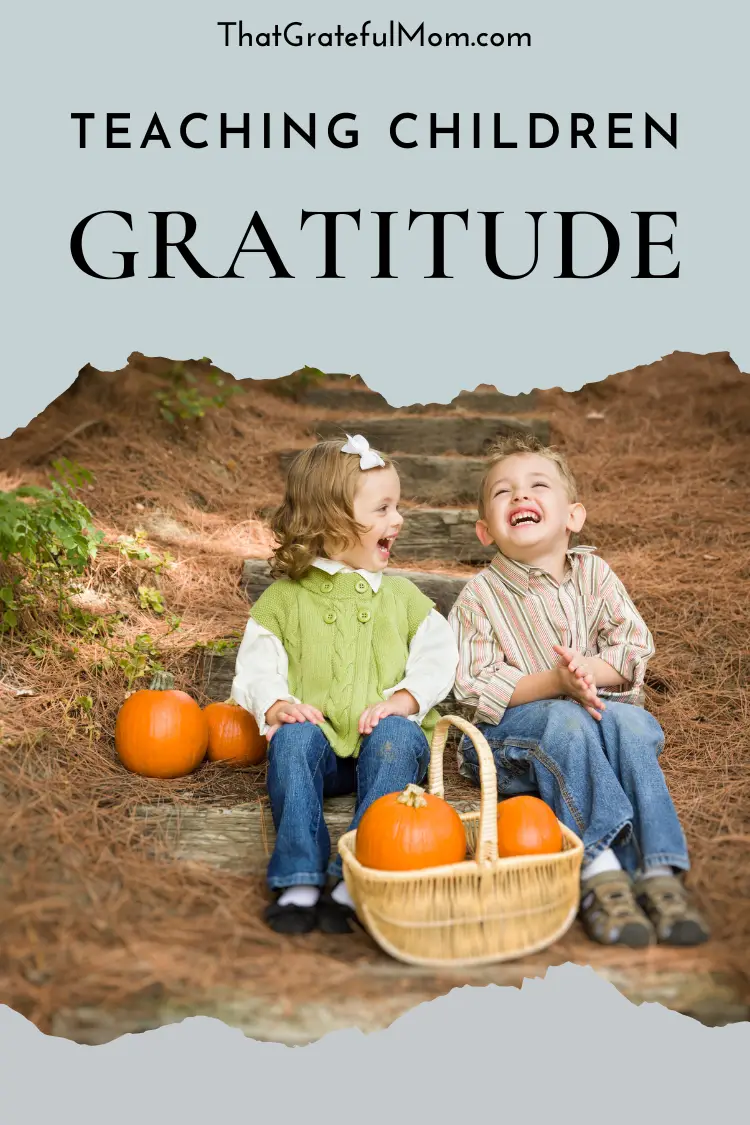
Teaching Children Gratitude: A Thanksgiving Lesson
Thanksgiving is more than just a feast for the senses. It’s a time to nourish the heart, to cultivate gratitude, and to instill in our children the profound joy of giving back. Today, I will share some tips on teaching children gratitude and encouraging gratefulness!
My whole blog is centered around gratitude. Thus, the name- That Grateful Mom. I have so much to be grateful for: my husband, our children, our home, and our health. The list goes on. When my son was diagnosed with cancer, it was hard to see anything good. I was too scared about what might happen to see the blessings right in front of my face. I’ve worked hard since then to show gratitude for all I have and pass that on to my children.
Teaching children gratitude from a young age encourages the idea that being grateful and content with what we have is a good thing.
And that starts by showing gratitude ourselves. It is easier than ever, thanks to social media and the internet in general, to compare ourselves to others and feel the need to keep up. I want to encourage you today to work through that habit and look inward. Much like working a muscle, to strengthen the habit of gratitude, you have to flex it! You have to remind yourself of what you have and be content with that!
Thanksgiving is my favorite holiday for many reasons. I love the feast, but more than that, I love spending time with my family and enjoying each other’s company. The last few years have been difficult for our family as we have had to focus on our son’s cancer treatment and haven’t been able to spend time with our family over the holidays. With many prayers, that changes this year. We can see our family, spend the holidays together, and feel immense gratitude for that gift.
If you are looking for more posts on encouragement or tips to help through motherhood, here are some of my most recent posts:
Pitching In: Age-Appropriate Chores for Children of All Ages
Choosing the Right Homeschool Curriculum
Finding Motivation When Motherhood Gets Overwhelming
Here are some of the topics we’ll cover today:
Why teaching children gratitude matters
Age-appropriate lesson ideas for teaching children gratitude
Gratitude journaling
Acts of kindness
Thanksgiving activities
Encouraging Gratitude year-round
Why teaching children gratitude matters
My husband and I work hard to care for and provide for our children. Ensuring they have what they need, things they enjoy, and can live a comfortable life. When I was young, I watched my mom work tirelessly as a single mom to provide for my siblings and me, keep a roof over our heads, and put food in our bellies. She never stopped. No matter how difficult things got sometimes, she would figure it out. We relied on food banks and donations from church to get by more times than I could count, and we’d add another layer of clothing to keep the heat turned down. It was difficult, but it was her hard work that showed me who I wanted to be as a woman and mother. It’s because of her that I am grateful for everything I have today.
I am raising my children to be the same way. To be grateful for their home, their belongings, and their family. I do not want my children to walk around with $500 phones or brand-name shoes and think it’s nothing. Because it’s not. When they are given something, I want them to take care of it, not take it for granted.

Age-appropriate lesson ideas for teaching children gratitude
How you teach your children gratitude varies based on their age. A 3-year-old won’t grasp the idea of gratitude the way a 12-year-old will. A study published in 2016 found that grateful parents raise grateful children. Lead by example and show gratitude in areas of your life!
Here are some age-appropriate lesson ideas:
Toddler age children:
Gratitude has four parts: Noticing, Thinking, Feeling, and Doing. Asking questions revolving around these parts will encourage a conversation.
Notice: What do you have in your life to be grateful for?
Think: Do you think there are people in your life that you are grateful for?
Feel: How do you feel when you receive a special gift?
Do: How can you show gratitude in your actions?
Elementary-age children:
Talk about gratitude
Talk about gratitude with your children. Make sure they hear you talking about what you are grateful for. Even on difficult days, make a point to focus on what you have to be grateful for.
Express gratitude
If you see someone doing something in your home, express your gratitude. When a child picks up without asking, show your gratitude. If chores are done without reminders, express how much that means to you. Leading by example is the best way to teach.
Older children
Older children can explore gratitude in more complex ways. Discuss the importance of expressing gratitude and the impact it can have on relationships. Involve them in family discussions about social issues and community service opportunities and encourage them to take the lead in planning and executing acts of kindness and giving back.
It’s essential to be patient and understanding as children grow and develop their understanding of gratitude. By tailoring lessons and activities to their age and maturity level, you can instill a lifelong appreciation for the value of gratitude in their lives.
Gratitude journaling
One of my favorite ways to work on gratitude is through journaling. Writing down what I have to be grateful for each night reminds me to focus on how incredible my life is.
When starting a gratitude journal, start small. Write down something good that happened that day, made you smile, etc. If you need more motivation and enjoy journaling, Amazon has excellent journals with prompts written for you!
Acts of kindness
Showing kindness to others is a fantastic way to teach children gratitude. Start with small acts of kindness like holding the door open for someone, helping with chores, or sharing with a sibling. When children have mastered these acts of kindness, activities like creating a gratitude jar, paying for someone behind you in the drive-thru, or volunteering at an event are great ways to show kindness to others.
Thanksgiving activities
Teaching children gratitude during Thanksgiving is as simple as sharing what you’re grateful for at the dinner table. If you’re looking for more activities, here are a few free downloads:
Thankful Tree
This simple craft encourages children to think of what they are thankful for and decorate a Thanksgiving tree!
Click here to download.
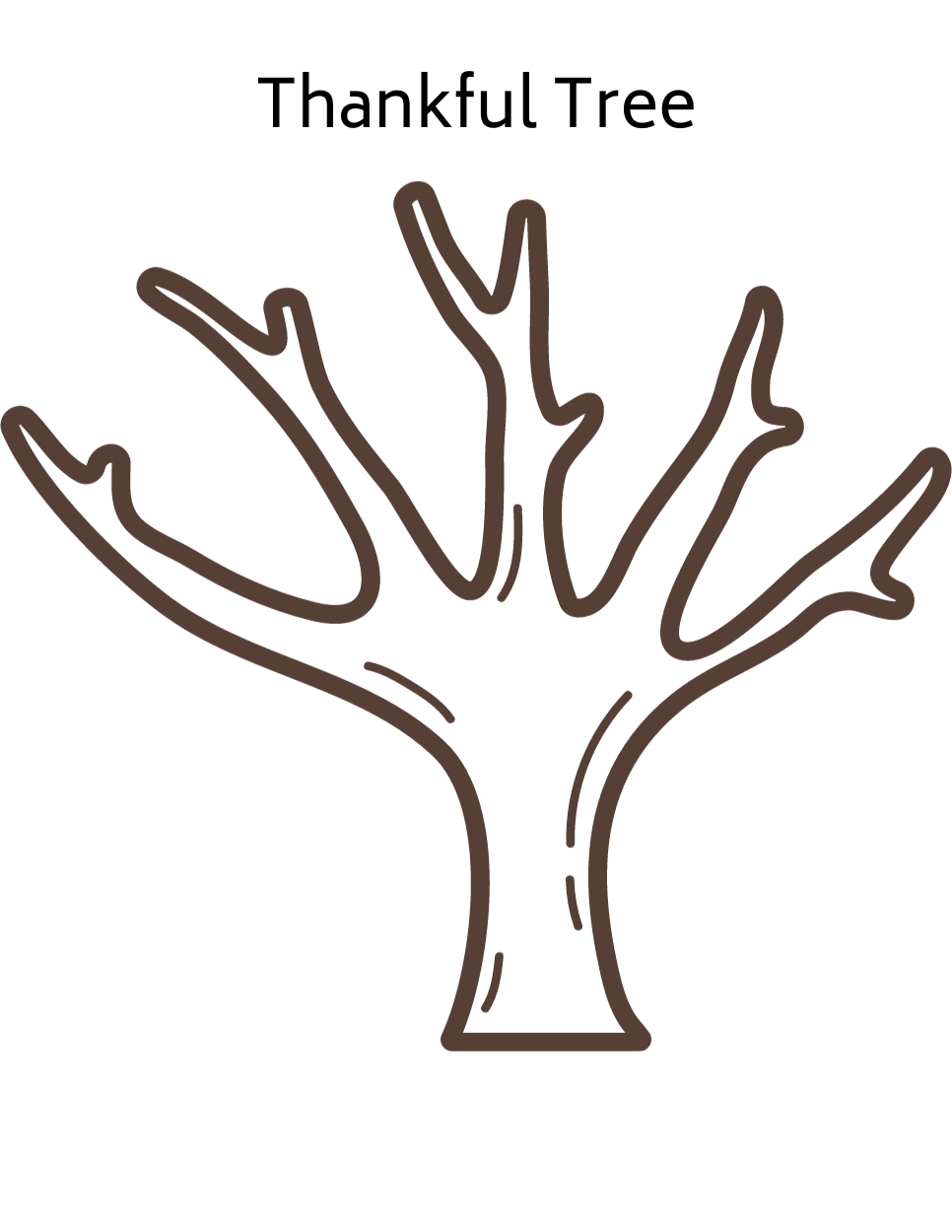
Gratitude Scavenger Hunt
Best for older children, but younger kids can still participate! This scavenger hunt will have kids searching your home for items they are thankful for.
Click here to download.
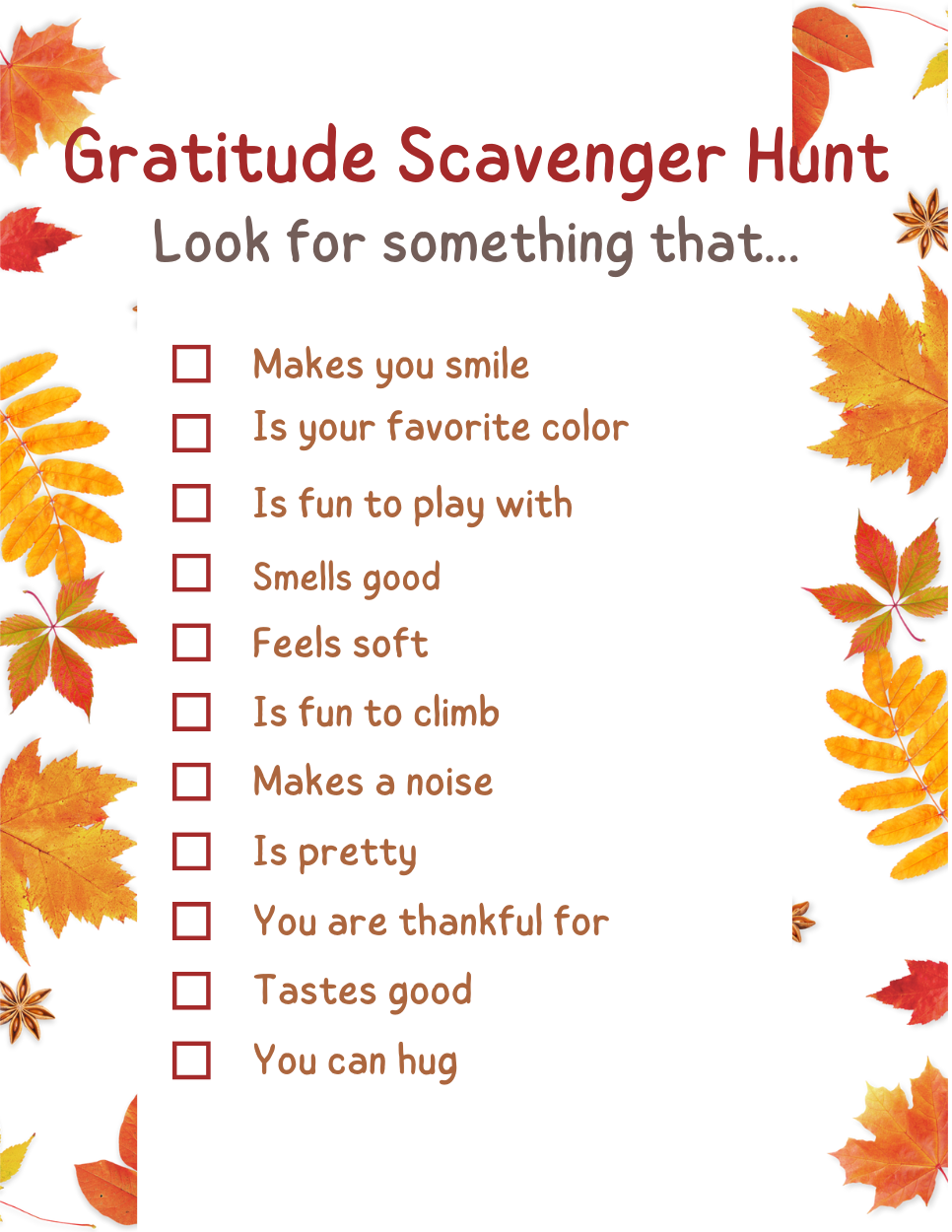
Encouraging gratitude year-round
Beyond Thanksgiving, teaching children gratitude requires patience, leading by example, and encouragement. It takes time to see changes, so don’t get discouraged! Here are some habits to help encourage gratitude:
Daily gratitude habits
At the dinner table, on the drive to school, or during bedtime routines, have a conversation about gratitude. Ask your kids what they are grateful for that day or their favorite moment. Continuing conversations regarding gratitude will encourage kids to think about what they are grateful for each day.
Acts of kindness challenges
This doesn’t need to be anything elaborate! Pick up trash you see on the ground, hold the door open for someone, etc. Simple gestures of kindness are an excellent way to encourage gratitude and kindness in your children.
Model gratitude
I’ve mentioned this a few times, but modeling gratitude is the best way to teach children gratitude. Lead by example and share about special moments throughout your day or experiences that you are grateful for. Talking about gratitude and things you are grateful for will encourage your children to do the same.
Final thoughts
Make gratitude a priority in your house by discussing what you’re grateful for and encouraging your children to do the same. Not only do children benefit from the attitude shift, but adults will also receive a much-needed boost in happiness.
It is expected to go through times of frustration and ungratefulness. This does not mean your efforts aren’t working! Recenter, turn difficult moments into teaching opportunities and keep pushing forward.
Thank you so much for reading! I hope this post has been encouraging for you. Please remember to share and pin it to your favorite board on Pinterest.
Until next time,
-M
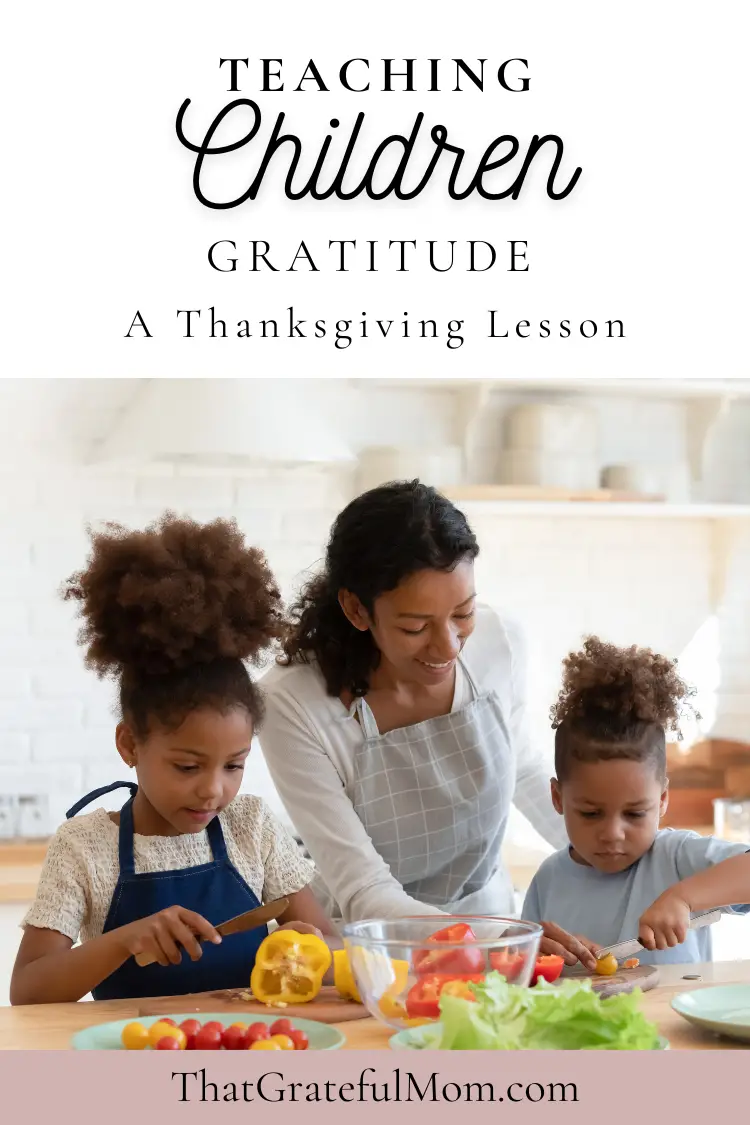
This site may contain links to affiliate websites including Amazon. I may receive an affiliate commission for any purchases made by you through Amazon or other potential affiliates and no additional cost to you. Thank you for your support.

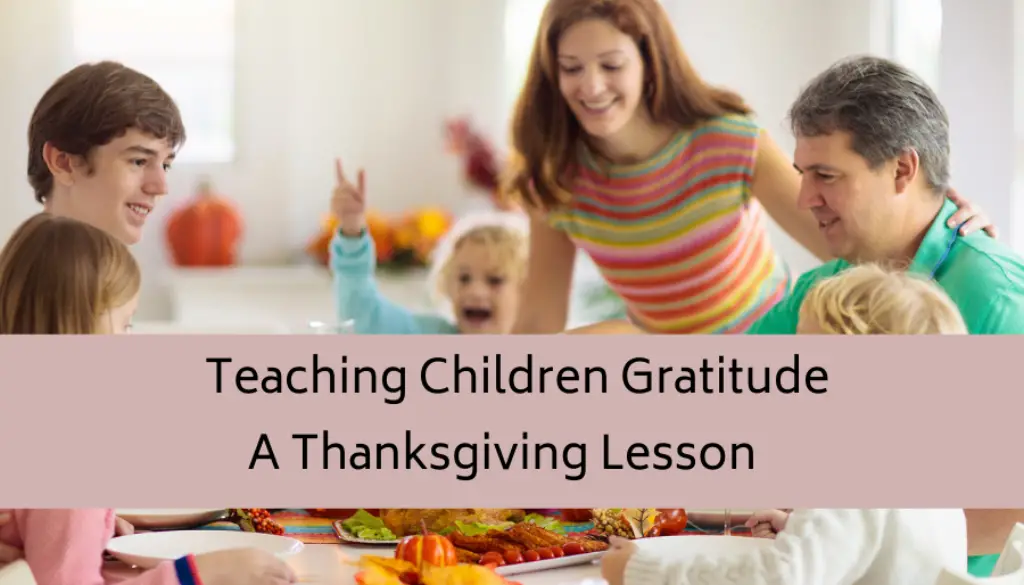
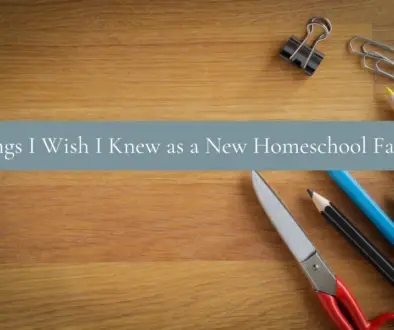
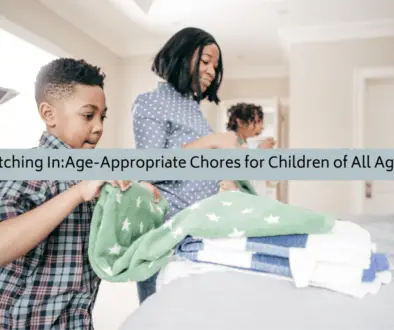
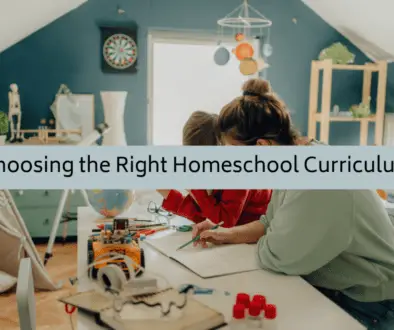
November 9, 2023 @ 8:35 pm
So cute! Love this
December 7, 2023 @ 3:47 am
Thank you!!